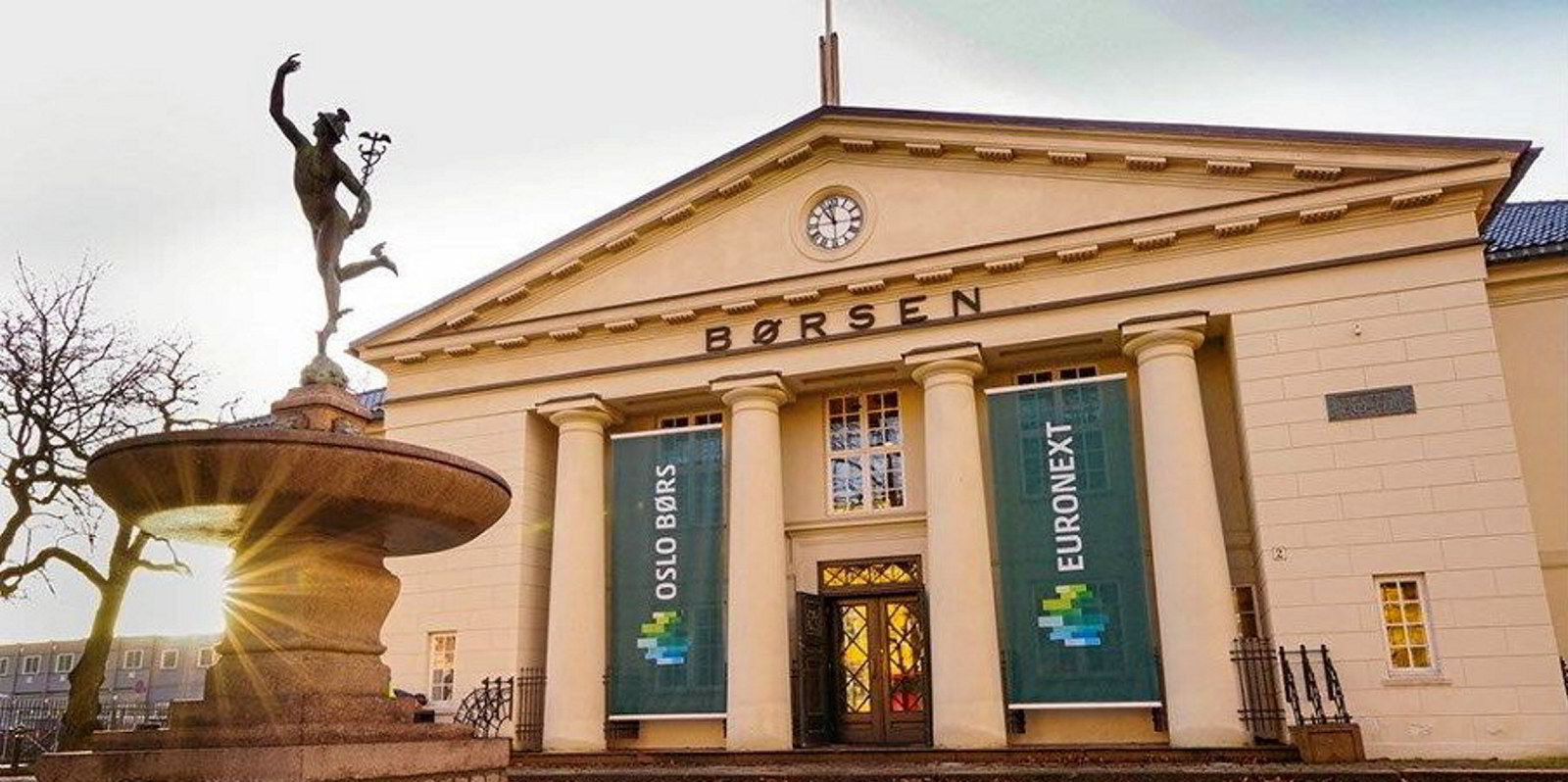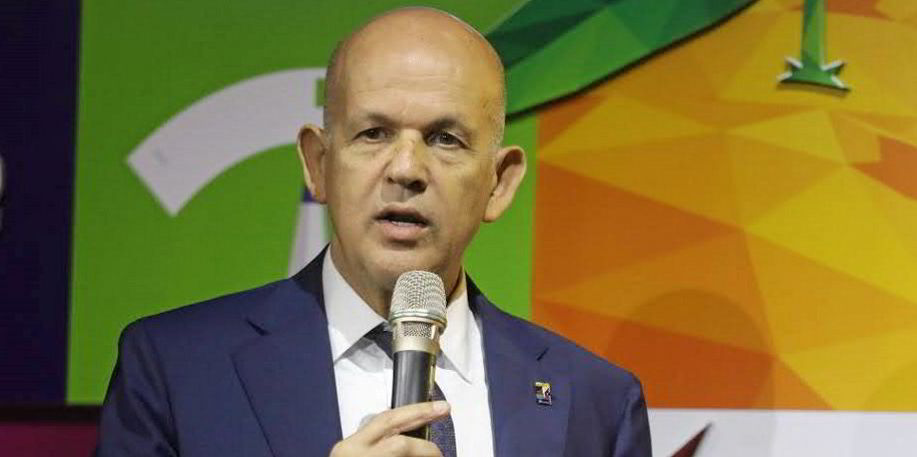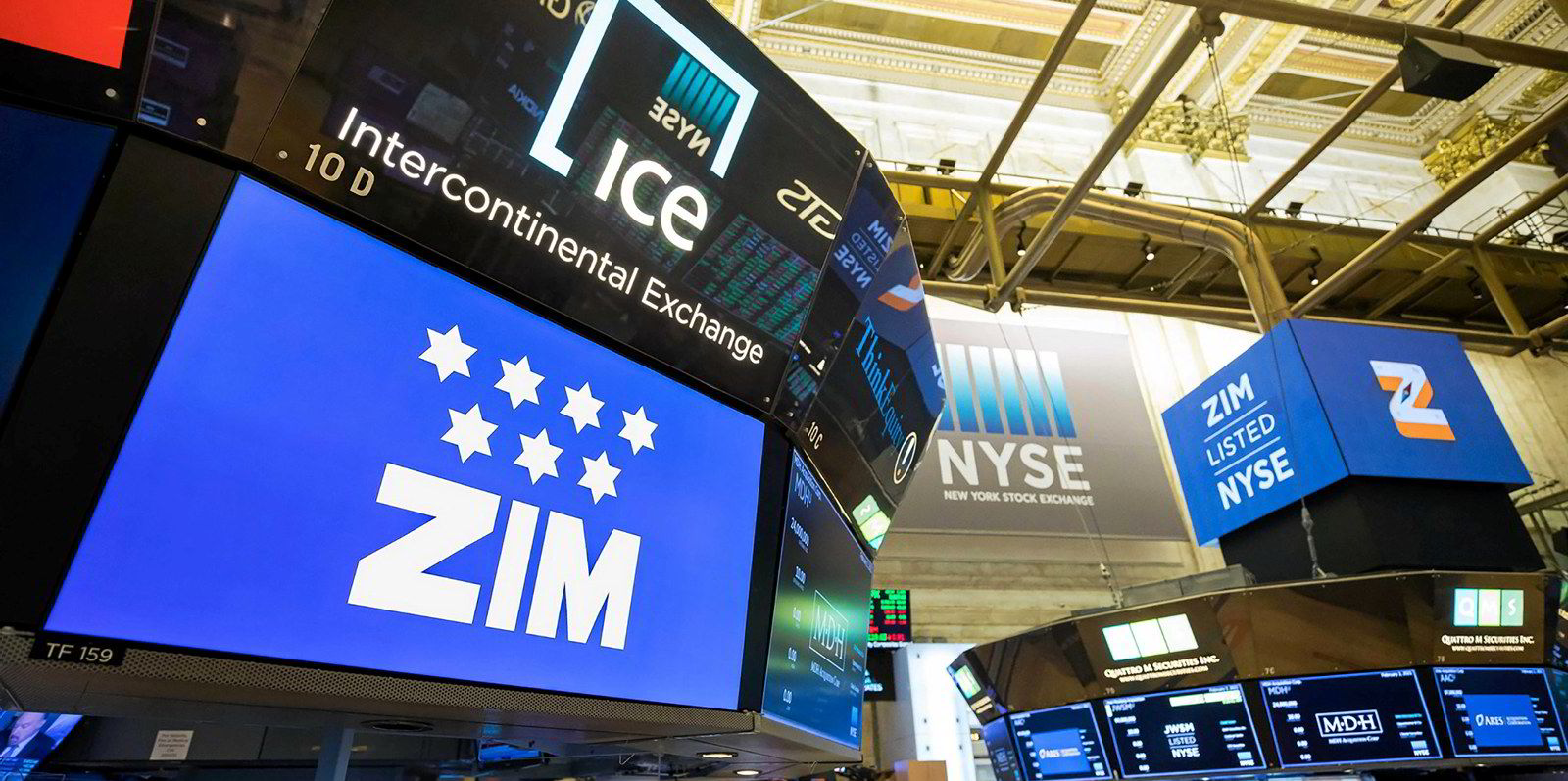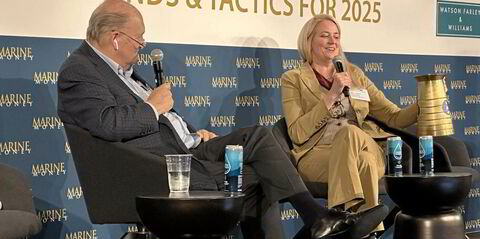Container shipping stocks have plummeted amid fears the market has peaked.
While liner companies are set to post strong financial results, helped by Red Sea diversions, peak season rates have disappointed this summer.
AP Moller-Maersk’s market capitalisation has dropped to $23bn from $27bn this month, according to CompaniesMarketCap.
That puts it near, or even below, levels before the Houthi attacks on shipping began at the end of last year, and a far cry from its market peak of $67.6bn on 15 January 2022.
Hapag-Lloyd stock has also fallen back.
The German carrier’s market capitalisation slumped to $28.5bn from $34bn on 8 June.
Again, that is a long way from the peak of over $60bn in April 2023 and $80bn in May 2022.
Ironically, it is Israeli carrier Zim that continues to benefit from the impact of the Houthi attacks.
Zim’s market capitalisation dropped more than 20% to just over $2bn from $2.6bn at the beginning of the month. Yet that is still more than double the value of $1.16bn it sank to in mid-December.
Drewry Maritime Financial Research analysts Ankush Kathuria, Santosh Gupta and Aditi Niranjan said that forward-looking equities markets anticipate the near peaking of freight rates, which has prompted profit booking in container shipping equities.
The Drewry Container Equity Index is down 13.8% in the month to 25 July.
That is despite major listed carriers such as Maersk, Hapag-Lloyd and Zim guiding better results this year on the back of surging freight rates.
Maersk now expects an Ebit of $1bn to $3bn for 2024, compared with a loss or breakeven figure projected previously.
Hapag-Lloyd now predicts an Ebit of $1.3bn to $2.4bn, having earlier projected a figure in the breakeven to $1.1bn range.
However, container equities are still in positive territory for the year.
Capitalisation in the sector rose by more than one-third in the second quarter when spot rates soared, Drewry analysts note.

That means the sector is up nearly 5% in the year to date, according to Drewry’s market capitalisation data for 13 listed liner operators.
The analyst attributes the slide in capitalisation in the past month to reports of Hamas accepting the United Nations’ ceasefire resolution.
A potential ceasefire could lead to an earlier reopening of the Suez Canal and erode the presently elevated freight rates, Drewry says.
While events in the Middle East remain uncertain, liner companies in Asia look set to continue to report improved second-quarter financials.
Evergreen, Yang Ming Marine Transport and Wan Hai also marked strong growth in their second-quarter top-line numbers with rises of in excess of 50% year on year as spot rates strengthened, Drewry notes.
Wan Hai’s capitalisation has fallen to just over $6.2bn this week — yet it is well above the value of $4.5bn when the Houthis began military action at the end of last year.
Orient Overseas Container Line also reported a 13.4% year-on-year hike in average freight rates to $1,205 per teu in the second quarter, feeding into a 14.4% increase in overall revenue to $2.3bn.
Looking peaky
The danger sensed by investors is over what will happen with freight rates in the third quarter.
Evidence that rates may have peaked is gathering with the World Container Index last week ending a continuous run of freight rate increases. The WCI was down 2% to $5,806 per 40-foot equivalent unit (feu), its first fall since early May.
Similarly, the Freightos Baltic Index dipped to fall below $5,000 per feu on 29 July for the first time in a month, following falls in rates on trades out of Asia.
That could impact the market capitalisation of other companies in Drewry’s weighted index which also includes HMM, Regional Container Lines, Cosco Shipping, SITC International, Matson and Samudera Shipping Line.







